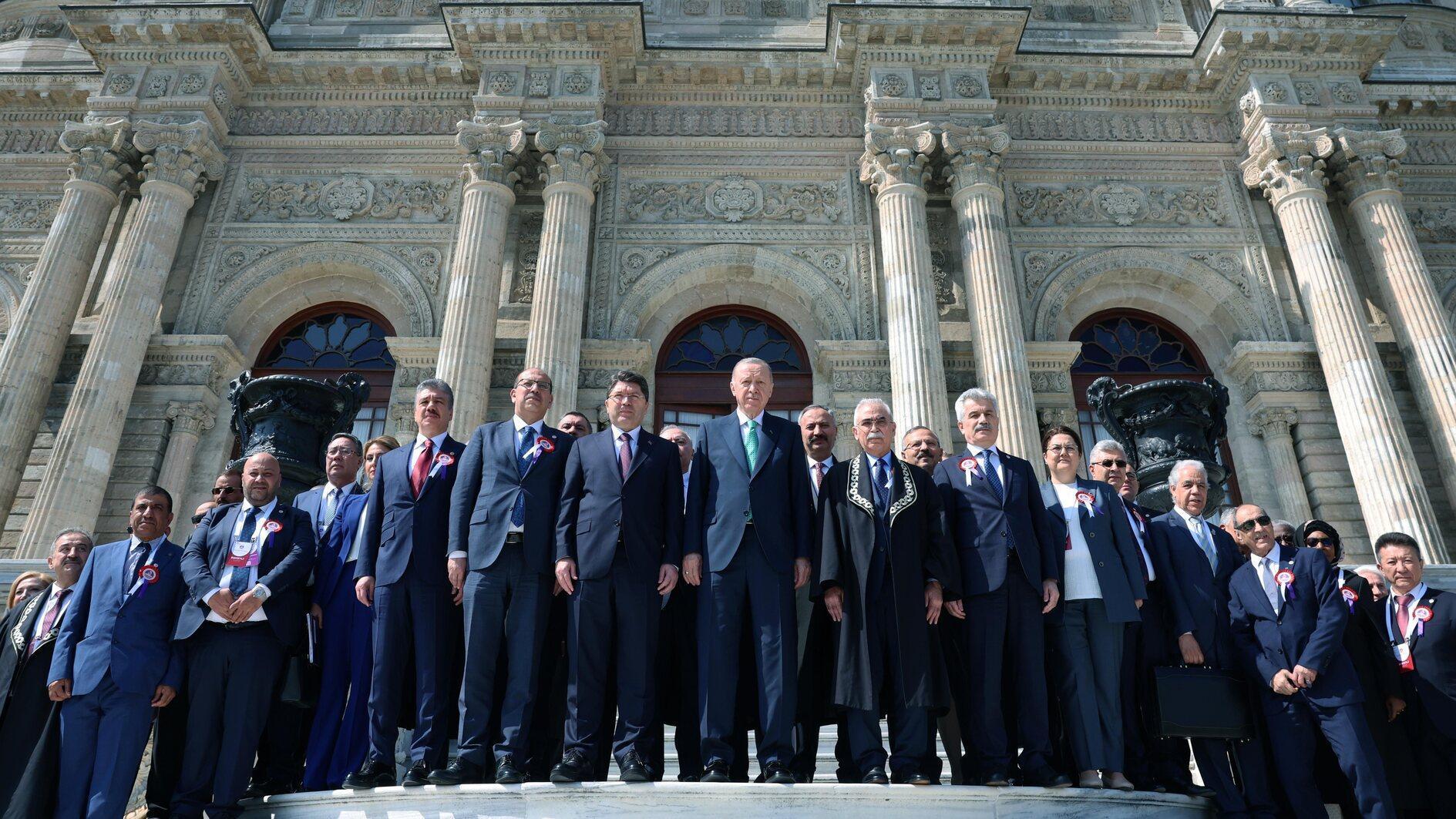New world, same old problem
After reading the dire description of the Argentinean economy in my last column, a reader commented: “If you had taken a flight to Santiago, your ears would have dried and a smile would have appeared on your face! Argentina’s neighbor has gotten things right!” I did not fly to Santiago, but I did take the bus from Mendoza through the Andes on Feb. 18.
He is, of course, right. The leading indicators suggest that Chilean growth will turn out to be 5.5 percent in 2012. The country owes this remarkable performance mainly to domestic demand, as the growth of its main trading partners decelerated. Moreover, the economy is showing no sign of slowing down: It is expected to grow around 4 to 5 percent this year.
Labor markets look equally robust. According to the Universidad de Chile Employment Survey, the unemployment rate in Santiago fell to 5.2 percent in December, the lowest figure since June 1973. The economy is near full employment, so wage inflation could be on the horizon.
Not that the country has, like Turkey, an inflation problem: Consumer prices rose only 1.6 percent in January compared to the same period last year. Chile is now the country with the lowest inflation and second fastest growth rate after Peru in Latin America. This is exactly the opposite of stagflation, the combination of low growth and high inflation that Brazil is suffering from. It is also a central banker’s dream.
Therefore, the latest monetary policy meeting on Feb. 14 was as eventless as the previous 12 ones. The Chilean Central Bank kept its policy rate at 5 percent. But if inflationary pressures were to build up, it would see the sweet spot that it is currently enjoying, as Bloomberg noted, turn into a sour one before you can gulp a “pisco sour,” the Chilean national drink.
This is because the country has the highest nominal interest rate in the region after Brazil, and since its inflation is so low, it also has the highest real rate among emerging markets after Ukraine and China. This high real rate has not curbed demand so far, but raising nominal rates could end up attracting capital flows, which would appreciate the currency.
Turkey, with even higher nominal rates, has been faced with the same problem twice, both at the end of 2010 and currently. The Turkish solution, as accentuated by the latest rate decision on Feb. 19, has been the combo of lower and more volatile interest rates to deter hot money and hikes in required reserve ratios to slow down credit. Back in 2011, this policy mix was successful in discouraging capital flows, although loan growth did not decelerate until the banking regulator stepped in with its own set of measures in June.
On the other hand, the Chilean Central Bank intervened in foreign currency markets in January 2011. It has more recently been using verbal intervention to keep the peso, which appreciated 7.1 percent against the dollar from December 2011 to November 2012, from falling beyond 470.
It is interesting to see the same old problem of hot money and currency appreciation pop up in both the new and the old worlds.










